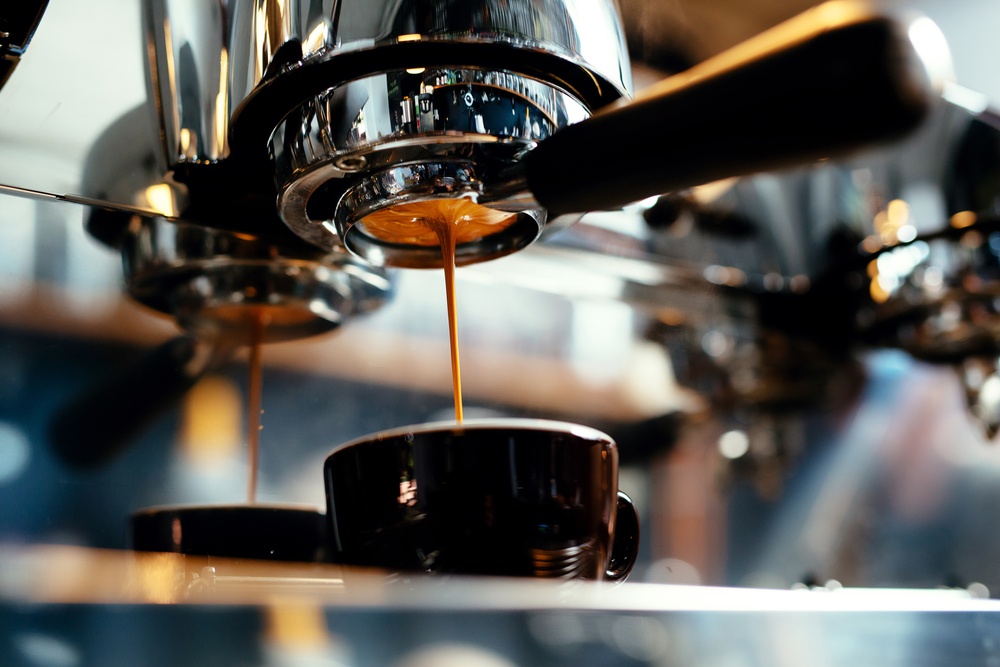What’s Hiding in Your Coffee?
 Contributed by
Marra Hensby
July 28, 2016
Contributed by
Marra Hensby
July 28, 2016

Coffee is as essential to my morning routine as oxygen and, for many of us, it’s the most important meal of the day.
I always thought that by drinking my coffee black, I was having a ‘healthier’ version, but little did I know that there is a lot more lurking in my morning brew than just beans.
Every day around the world 2.25 billion cups of coffee are drunk, but few of us know that coffee is one of the most chemically treated food crops in the world. It is heavily sprayed with pesticides and grown with chemical fertilizers, herbicides, and fungicides. All of these chemicals are known to cause health problems, including cancer, damage to our nervous systems and have been linked to reproductive disorders. In fact, much of the coffee that we drink is imported from areas of the world that use chemicals that are banned in most western countries.
Coffee is an $80 billion global industry. It’s the second most traded commodity in the world after oil. It’s hard to travel a few miles anywhere in the world without finding coffee being sold somewhere, either in a Starbucks or a tiny coffee stall by the side of the road. It’s this high demand that is changing the way coffee is grown today.
Traditionally, coffee is grown in the shade of tropical forest canopies. These ‘shade-grown’ coffee plantations provide the habitat for over 150 species of migratory birds and other wildlife. In order to increase the production of coffee to meet the growing demand, there has been a shift by the major coffee companies to clear the forests and grow coffee in the full sun. Four in ten coffee fields in Mexico, Colombia, Central America and the Caribbean have been converted from shaded plantations to sun-grown plantations. This has a massive impact on the environment and wildlife surrounding these plantations.
Studies in Colombia and Mexico found 90 per cent fewer bird species in sun-grown coffee regions than in shade-grown ones. When the habitats of birds are removed, there are more pests, which then increases the need for pesticides.
Coffee farmers are also negatively impacted by the growing demand of our favourite morning brew. Coffee that sells for $8 to $9 a pound in the United States only provides the farmers with 11 to 12 cents a pound. Plus, coffee harvesting in many countries is almost exclusively done by women and their children, while the men spray the coffee trees with all the toxic pesticides.
Organic farmers who grow coffee on small, shaded, wildlife-friendly and pesticide-free land often can’t compete in the market. This is why eco-conscious companies are making a ‘Fairtrade’ commitment to support smaller growers.
So, what can we all do as consumers? Don’t worry, I’m not going to suggest that you have to give up coffee to be a conscious consumer. Look for “shade-grown” on your coffee label. This type of coffee farming uses significantly fewer chemicals because the birds offer natural pest control. Plus, these trees provide natural mulch, which reduces the need for chemical fertilizers. You can also choose “organic”, which is grown without pesticides and fertilizers. Or look for “Certified Fairtrade”, which means that the farmers are guaranteed a minimum price for their coffee.
If you want to take your conscious coffee drinking to the next level, be on the lookout for carbon-neutral coffee. Why? Because global climate change presents a very large problem for coffee growers; coffee is a fragile plant requiring a specific climate in which to thrive. Even a slight change in temperature or rainfall can decrease coffee yields, quality or even threaten an entire country’s crop.
Buying organic, Fairtrade, shade-grown or even carbon-neutral coffee costs a little more. But, in the end, nothing feels better than waking up and knowing that your daily cup (or cups) of coffee fights climate change, protects the habitat for birds, helps people all over the world earn a decent wage and wasn’t produced using harmful chemicals.
Small steps; big impact.
This post was originally published on My Pure Earth Blog and has been reposted on Executive Lifestyle with the permission of the author.
Edited by Nedda Chaplin
Image credit: Close-up of espresso pouring from coffee machine. Professional coffee brewing from Shutterstock
Did you enjoy this post? Please comment, like and share!










Sorry, the comment form is closed at this time.